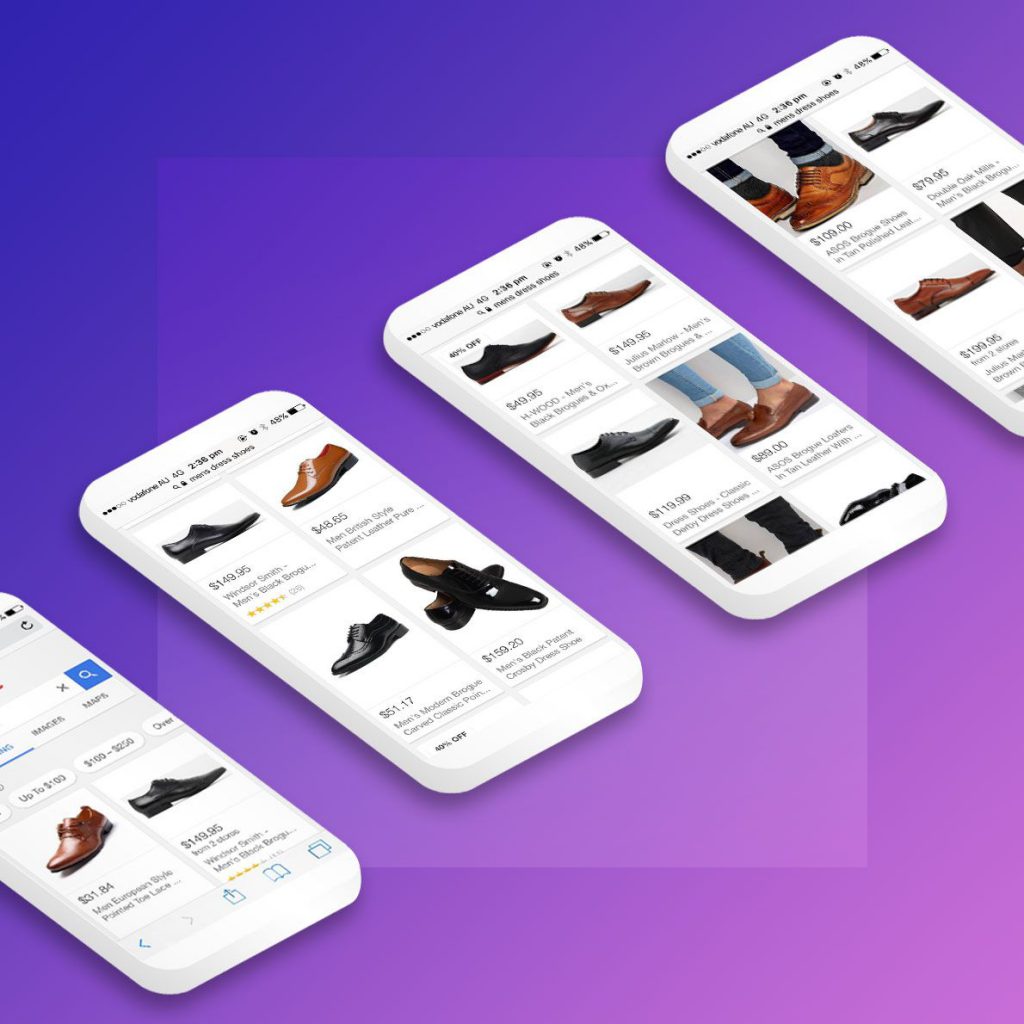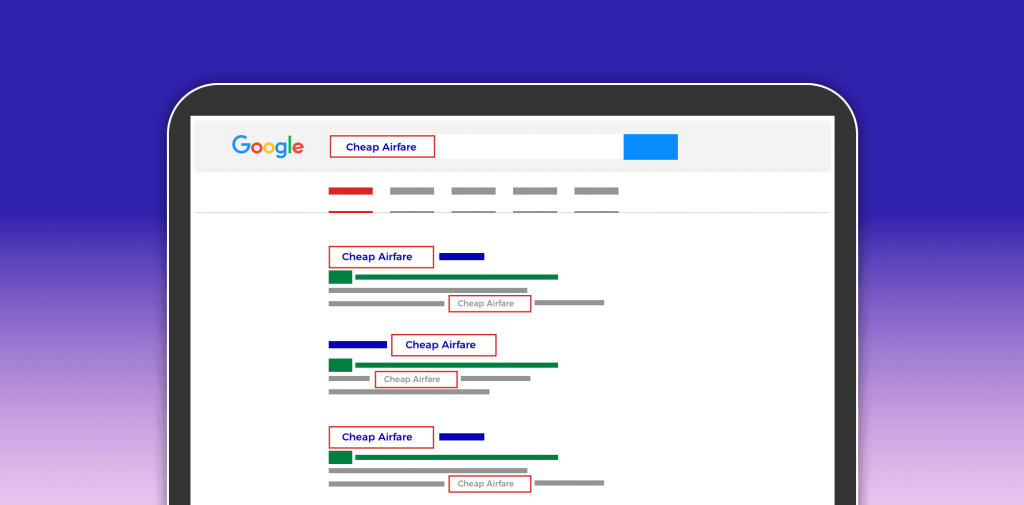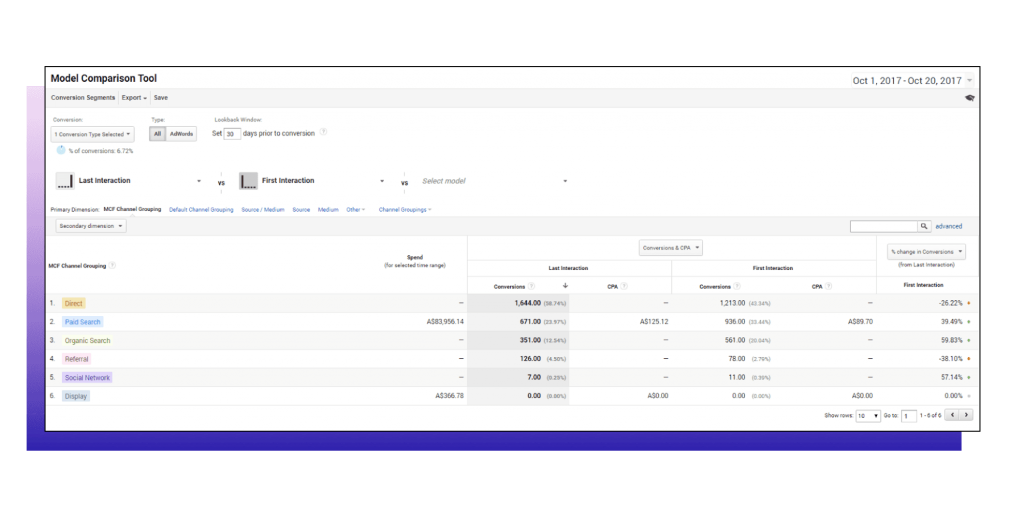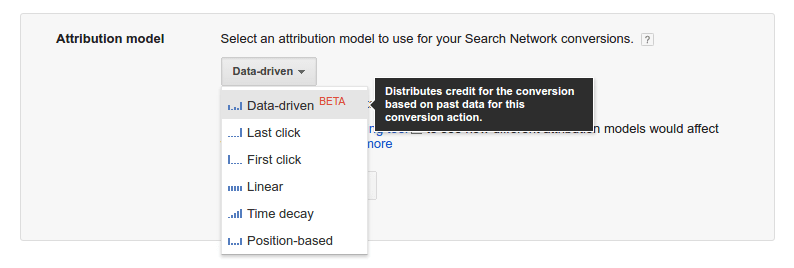“Is my investment in Display advertising impacting my sales?” or “Is my Paid search campaign undervalued?”
These are the questions that have been bugging advertisers, marketers, and business owners for years. Fortunately, this year, Google was able to give us a better understanding of how to attribute our sales along with other tips for Google Partners through this year’s Google Partners Masterclass event.
In this post, I’d like to share with you the two topics that stood out the most from the half-day event:
Topic 1: How to customise your ads dynamically
Marketers should be using AI to drive productivity at scale wherever possible within the AdWords platform. Let’s look at how you can do this right now.
Start by tailoring your ads to different types of searches by using Dynamic Search Ads
Dynamic Search Ads, or DSA for short, are an additional way to find customers searching on Google for precisely what you offer. DSA uses the content on your website to target your ads and help fill in the gaps of your keywords-based campaigns.
“When someone searches on Google with terms closely related to the titles and frequently used phrases on your website, AdWords will use these titles and phrases to select a landing page and generate a clear, relevant headline for your ad.” (Google)
Without DSA, even well-managed AdWords accounts with many keywords can miss relevant searches, experience delays getting ads written for new products, or get out of sync with what’s actually available on advertisers’ websites.
It is similar to Google Shopping campaigns but for search ads. With Shopping campaigns, you provide Google with product information on your website and Google will show the ad that it finds most relevant to what people are searching.

Retail industries that provide multiple product types to consumers would benefit from this tool. Showing ads that are most relevant to different types of users is every marketer’s dream.
However, similar to an autopilot, DSA needs monitoring and this type of ad may not suit every industry, especially for the products and services that involve long and complex search queries, or very specific messaging requirements to appeal to your ideal target audiences.
“If you go after the average consumer, you only get the average. If you know your customer, you can find the highest value consumers and pay more to make sure you capture them.” – Fallacy of Averages. Source: Behavioural economics. Gallup.
What if I want to have more control of my ad copy?
Ad features such as Dynamic Keyword Insertion, or DKI, allow you to customise your ads more closely to what searchers are looking for, and typically work well in capturing different types of search queries.
DKI lets you automatically update your ads with the keywords in your ad group that caused your ads to show. This can help make your ads more relevant to users searching for what you offer.
Using DKI, you can cast a wide targeting net, much like you would with DSA, while having more control over your ad copy than you would have by handing it over to Google.
Dynamic Keyword Insertion or DKI helps advertisers to insert the keyword that users type into the ad. If the search terms are too long, Google will set the ad title to what you entered as a default. In that way, you’d have more control over what you show to the users.

Topic 2: Attributing your conversions more accurately by using the Model Comparison tool
Technology has changed the way we interact with brands, and as a customer, we go through our daily lives using different devices, channels, and platforms. So, as customers who interact with brands several times prior to purchasing, how do we measure the value of each interaction?
- The first thing you need to do is to stop only using Last Click Attribution model. The Last Click Attribution model only attributes the conversion to the last traffic source that lands the customer to your website prior to conversion. Last Click Attribution ignores all the channels that helped lead to a conversion, which is a problem because each of those interactions would have moved your customer closer and closer to purchase. To use a sports analogy, it’s like all the credit going to the person who scored the goal, regardless of the entire team working really hard to get them the ball at exactly the right time.
- While Last Click Attribution is the default attribution model in Google Analytics, it is not well-suited for industries with high involvement before purchase (e.g. telecom, insurance, electronics) where people tend to spend time researching across multiple channels before making a purchase.
- If you have not already switched from Last Click Attribution yet, you are at risk of undervaluing the return on investment of your campaigns. To find what is the best model for your attribution, use the free model comparison tool available in your Google Analytics Conversion report. It should look similar to this:

This image is from a sample client which has over 20% of conversions generated after over 12 interactions with different channels.
Based on the % changes in the second row, we can conclude that the % changes for Paid Search from Last Click model to First Click Model are over 30%. This means that Paid search is undervalued by over 30% under the Last Click Attribution model. It makes sense as a large portion of consumers would start by searching on Google for their high involvement purchases.
DDA – The New And Best Way To Track Attribution
To better optimise the attribution for each of your campaigns, Google will soon allow advertisers to use Data Driven Attribution (DDA) for free. DDA uses machine learning to attribute which channels give the best value on your targets. This will give you more visibility into the impact of impressions, video, display, social, and generic search ads in the customer journey.
Unlike the built-in attribution models in Google Analytics which consider the order of ad exposure, DDA takes into consideration other factors that may influence where and when people choose to convert. This includes the number of ad interactions, on which sequence of customer journey the ad showed, and which ad creative displayed.
Keep in mind that this DDA feature is only available for advertisers with more than 600 conversions in the past 30 days at the initial stage and 400 conversions ongoing for it to create a sound model. If you already have sufficient conversion data, it is recommended to test this model in your AdWords Search account and evaluate the impact it has on your business’ bottom-line.

If we want to work the way we live and organise our daily tasks, we should start by using AI like an assistant who can help minimise repetitive tasks and produce performance insights. AI is a productivity multiplier that will help advertisers to fully use the Google AdWords platform, and I am glad this year’s Google Masterclass was so informative and practical in relation to recommendations and tactics for leveraging digital intelligence.
Here at Reef, we’re really optimistic about how AI helps AdWords management. It opens up new possibilities for driving results at scale by better using AdWords ever-evolving capabilities.
Which brings us to the end of this article. As always, thanks for reading and all the best with implementing AI and new types of attribution into your AdWords campaigns.
If you enjoyed this article and think others would too, we always appreciate a Like, Tweet or Share.
